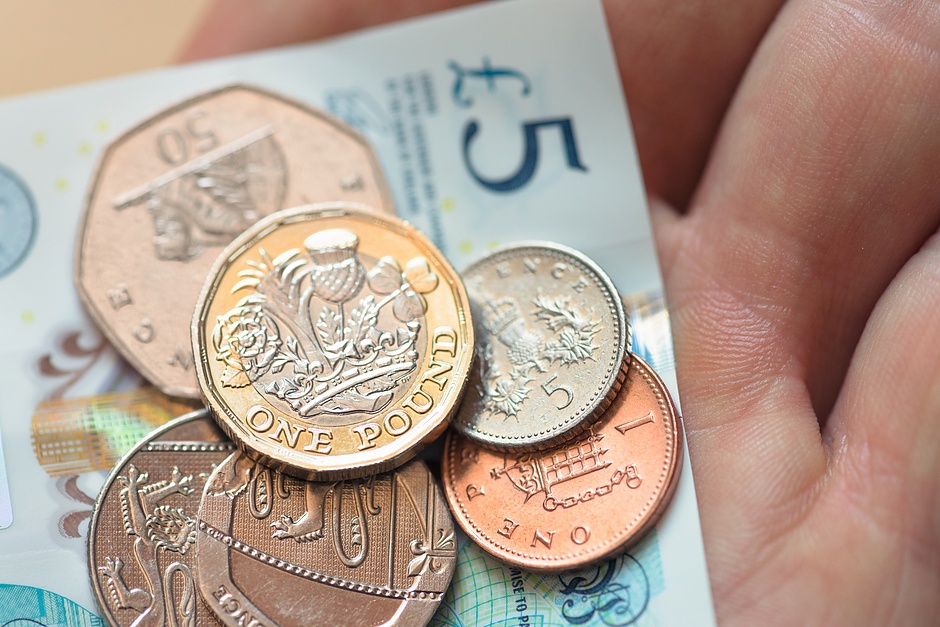GBP/USD Forecast: Recovery from the Fed? Only a dead-cat bounce for Delta-depressed pound
- GBP/USD has been struggling to recover from the Fed-fueled dollar storm.
- Weak UK retail sales and covid's rapid spread have been weighing on sterling.
- Friday's four-hour chart is showing that cable is moderately oversold.

When will "Freddom Day" come? That is a question many Brits are asking themselves after the government postponed the lifting of the last restrictions to July 19 – but reportedly considers bringing it forward to July 5. However, such hopes will likely be dashed.
Over 11,000 new COVID-19 cases were reported on Thursday in Britain, the highest since mid-February. The rapid spread of the Delta variant triggered the postponement and also pushed the government to offer vaccines to all those 18 and older.
As this strain, first identified in India, seems to infect those with only one dose in greater proportions than other variants, the UK is also rushing to provide second shots quickly. The efforts are set to succeed, but not in the short-term. The specter of extended restrictions has been weighing on sterling and will likely continue.
The pound suffered another blow from disappointing UK Retail Sales figures for May, which showed a drop of 1.4%, contrary to an increase that economist had projected. After upbeat job and inflation figures from Britain, these consumption statistics take one of sterling\s sole supporting points. The data is now downbeat as well.
GBP/USD also continues suffering from the Federal Reserve's fallout. Investors continue digesting the Fed's intention to debate reducing bond buys and bringing forward rate hikes. Fed Chair Jerome Powell said the US economy is growing faster than expected and that inflation is higher and could persist. This is an abrupt change from the bank's previous insistence that price rises are transitory.
Where next for markets after the Fed shocker
The greenback has been storming the board for over 36 hours and a correction seems overdue. However, the pound is poorly positioned to take advantage of any such dollar correction.
GBP/USD Technical Analysis
Pound/dollar is suffering from downside momentum on the four-hour chart and trades well below the 50, 100 and 200 simple moving averages. While the Relative Strength Index is below 30, it has not fallen too deep. Any small upswing could send the RSI above 30, thus exiting oversold conditions and allowing for a fresh dip.
Support is at the new low of 1.3955, followed by 1.3830, a cushion from May. Further down, 1.38 and 1.3770 are eyed.
Resistance awaits at 1.3945, the daily high, and then by 13975 and 1.4010, the latter working as support last month.
Premium
You have reached your limit of 3 free articles for this month.
Start your subscription and get access to all our original articles.
Author

Yohay Elam
FXStreet
Yohay is in Forex since 2008 when he founded Forex Crunch, a blog crafted in his free time that turned into a fully-fledged currency website later sold to Finixio.

















